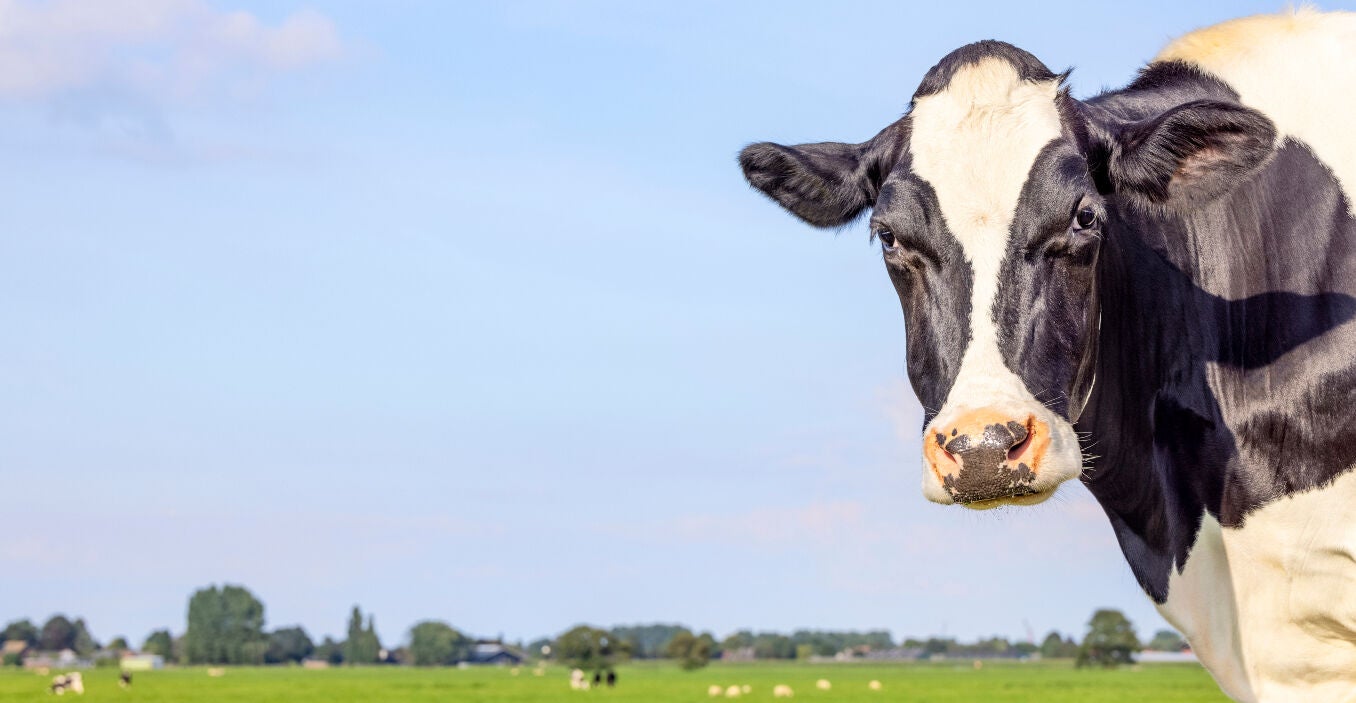
Rural -
Scarcity of national dairy platform underpins values
Scarcity of the national dairy platform and a buyer focus on quality farms have continued to underpin firmer dairy land values through a period of lower farm returns and rising costs over the past year.
Bayley’s latest dairy market insight report highlights how a plateauing in total dairy milking platform nationally is now playing through to continuing confidence in land values, despite a significant lift in interest rates and farm operating costs this season.
“For almost a decade now New Zealand has faced increasingly tighter limitations on the ability to convert land to dairy. The national dairy platform is now at a maximum and we aren’t ‘making’ anymore dairy farms. This scarcity is continuing to underpin values in key dairy regions,” says Bayleys national rural director Nick Hawken. Buyers are recognising the regional limitations to total dairy land supply and have remained prepared to invest in quality farm operations, particularly in key dairy regions like Waikato and Canterbury.
The mid-range value per hectare for Waikato’s 2023 land values of $36,348 to $60,467 varies little from the 2022 values, with Canterbury and Southland also reporting similar values between the two years, particularly the upper end of the mid-range value per hectare. Between them these three areas account for almost 60% of all dairy land sales during 2023. “Given how tough dairying has been for the past couple of years, these values speak volumes about investors’ longer-term confidence in the sector.
“They have looked through the shorter-term noise of higher interest rates and higher farm inflation, to see a sector with strong, positive long-term prospects that fit with a longer-term business strategy.”
Over the past year Waikato has dominated the volume of dairy land transacted, accounting for 30% of the total 20,652ha sold, followed by Southland at 22% and Taranaki at 10%. Canterbury and Northland accounted for 9% of sales area each.
Hawken says he fully anticipates the flight to quality dairy areas to continue with buyers seeking the surety of trusted processors, infrastructure, and climate to underpin their farm’s performance and mitigate seasonal and long term risk.
Bayleys has also identified purchaser expectations around farm businesses’ environmental standards remains a high priority at transaction time.
“Buyers and lenders continue to require detailed environmental information to verify current and Future Maintainable Production (FMP).
“It is also an increasingly prerequisite to ensure expectations of any future capital investment is clear.”
This is also being increasingly driven by dairy processor expectations around farm emissions and water quality impacts, which are reflective the demands of the end consumer. “As a sector dairying is responding well to those pressures, led by some strong processor initiatives and whole supply chain collaboration. It provides investors with confidence looking into the future, knowing there is a bigger industry plan that the sector is working towards.”
Meantime consolidation or decommissioning of smaller dairy farms in traditional dairying regions like Taranaki and Waikato is expected to continue, further reducing the number of operating diary units.
“Often these smaller properties are also being acquired to expand an existing milking platform or increase support land to improve the footprint”. Solid demand for both situations is aiding the industry’s continuing transition to larger units, while also providing options for older farmers wanting to exit smaller units.
The lift in the sector’s predicted payout midpoint to $7.80 per kg milk solid is also aiding investor confidence, says Hawken.
“We are seeing the predicted payout figure move much closer to a positive cash flow, and the closer we get to a payout with an “8” in front of it, that obviously a good thing.” He says the sector has shed significant debt over the past five or so years, while a focus on farm costs prompted by the 2015 slump in payout placed the sector in a good position to weather the recent surge in costs and lift in interest rates.
“Without a doubt higher interest rates have influenced the level of activity in the market over the past 12 months, but those buyers with access to capital clearly recognise the long-term value of their dairy investment.”